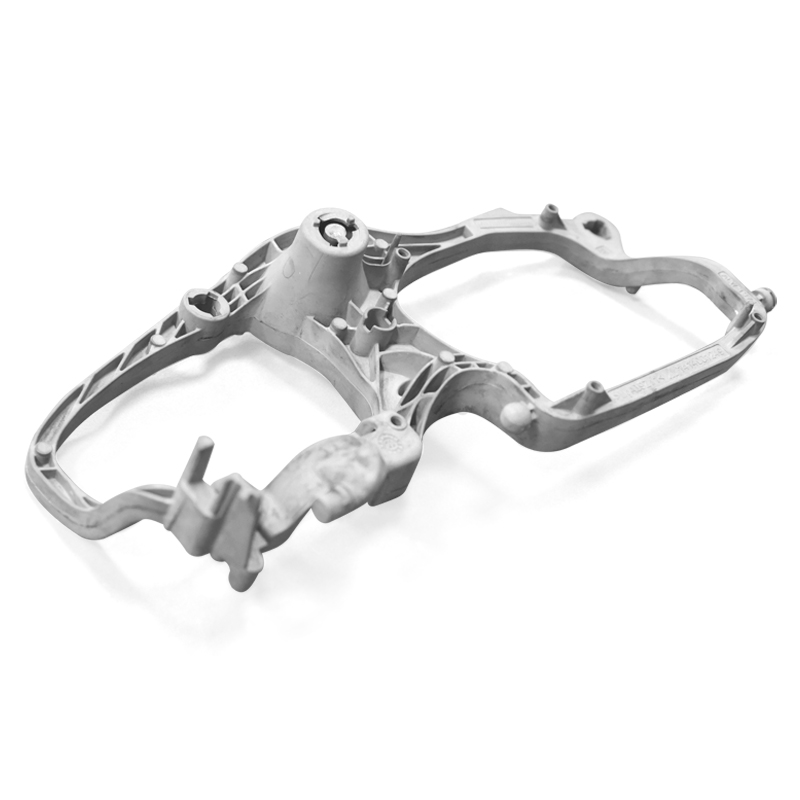In today’s fast-paced and highly competitive business environment, innovation is often the key to success. Companies that can quickly develop and bring new products to market have a significant advantage over their competitors. Rapid prototyping services have emerged as a crucial tool in this process, enabling businesses to accelerate the design and development of new products.
Rapid prototyping is a technique that allows for the quick creation of physical models or prototypes of a product using computer-aided design (CAD) software and 3D printing technology. These prototypes can be used to test and validate the product’s design, functionality, and performance without the need for extensive and costly manufacturing processes.
One of the primary benefits of rapid prototyping is its ability to shorten the product development cycle. Traditionally, creating a physical prototype would involve several steps, including mold making and casting, which could take weeks or even months. With rapid prototyping, a prototype can be produced in a matter of hours or days, significantly reducing the time it takes to move from the design phase to the testing phase.
By using rapid prototyping services, businesses can also save a considerable amount of money. The traditional prototyping process often requires expensive materials and specialized equipment. Rapid prototyping, on the other hand, utilizes additive manufacturing techniques, such as 3D printing, which can significantly reduce material waste and production costs. Additionally, the ability to quickly iterate and refine the design based on feedback from the prototype can help prevent costly mistakes that may arise during production.
Moreover, rapid prototyping allows for greater flexibility and creativity in the design process. With traditional manufacturing methods, making changes to a product’s design can be time-consuming and expensive. However, with rapid prototyping, design modifications can be easily implemented and tested, providing designers with the freedom to experiment and explore different concepts without significant constraints.

Another advantage of rapid prototyping is the ability to easily communicate and collaborate with stakeholders. Physical prototypes help bridge the gap between designers, engineers, and decision-makers by providing a tangible representation of the product. This enables better feedback and understanding among team members, leading to more efficient decision-making and problem-solving.
Rapid prototyping services have found applications in various industries, including automotive, aerospace, consumer goods, and healthcare. In the automotive industry, for instance, rapid prototyping allows manufacturers to test the fit and function of different components before committing to large-scale production. In healthcare, rapid prototyping has revolutionized the field of medical device development by enabling the creation of custom implants and prosthetics that perfectly match the patient’s anatomy.
However, rapid prototyping is not without its limitations. While it offers a fast and cost-effective way to create prototypes, the materials used in the process may not always be representative of the final product’s properties. This can pose challenges when testing for factors such as durability, heat resistance, or chemical compatibility. Therefore, it is essential to consider these limitations and complement rapid prototyping with additional testing methods to ensure the product meets the required specifications.
In conclusion, rapid prototyping services have become an indispensable tool for businesses looking to innovate and bring new products to market quickly. By reducing the product development cycle, saving costs, and fostering creativity, rapid prototyping enables companies to stay ahead in today’s competitive landscape. While it is not a perfect solution, when used in conjunction with other testing methods, rapid prototyping can help businesses unleash their innovative potential and drive growth.
-

- Componentes de tixomoldeo de aleación de magnesio
-

- Piezas de fundición de magnesio Columna de dirección
-

- Piezas y componentes fundidos a presión OEM
-

- OEM high pressure die casting magnesium alloy wheel for e-bike
-

- Customized foundry products high precision die-casting parts for e-bike integrated frame
-

- OEM high pressure die casting magnesium alloy frame for bicycle

 0086-750-5616188
0086-750-5616188 +86 13392089688
+86 13392089688 sales@zhongmei-tech.com
sales@zhongmei-tech.com







